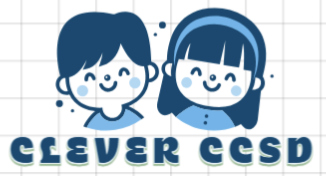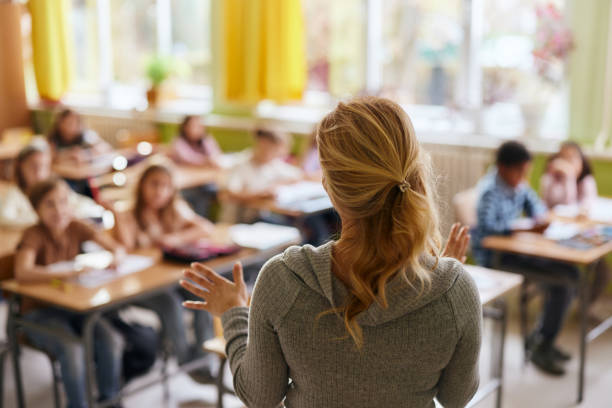Introduction
Education is evolving faster than ever. Traditional classrooms filled with chalkboards and printed books are giving way to digital platforms, online tools, and interactive learning environments. Technology has transformed how teachers teach and how students learn.
Modern classrooms blend physical and digital experiences. Students no longer rely only on textbooks; they explore multimedia lessons, video tutorials, and real-time discussions that expand their understanding. The digital shift has made learning more flexible, accessible, and engaging for students of all ages.
With so many platforms and learning systems available, tools such as Instanavigation make managing educational apps and switching between resources easier. Students can move from video lectures to online quizzes or project platforms smoothly, saving time and maintaining focus.
This seamless experience allows learners to stay connected and organized without losing track of their materials.
From Passive Learning to Active Engagement
In the past, education followed a one-way model. Teachers delivered lessons while students listened. Today, that model no longer fits.
Digital media has turned learning into an interactive experience. Students participate in live discussions, collaborate on shared documents, and use virtual labs to explore scientific concepts firsthand.
For example, in a biology class, a student can now observe a 3D model of the human body instead of reading about it in a textbook. This hands-on approach makes complex ideas easier to grasp.
Teachers also benefit from this change. They can analyze student performance instantly and adapt lessons to fit different learning speeds.
Global Classrooms and Endless Access
Technology has broken the barriers of geography. A student in one country can attend lectures from universities across the world. Online learning platforms, recorded lessons, and interactive forums have created global classrooms that never close.
Digital education also supports inclusivity. Students with disabilities can use assistive technologies, and those in remote areas can learn without having to relocate.
This global access encourages collaboration and cultural understanding. Students are no longer limited by location, they are part of a worldwide learning community.
Social Media’s Role in Education
While often viewed as a distraction, social media can also be a powerful educational tool when used wisely. Teachers and students use platforms like Instagram, TikTok, and YouTube to share knowledge in creative ways.
Short educational videos, reels, and infographics make learning fun and memorable. Educators can simplify tough subjects through visuals and storytelling, capturing students’ attention more effectively than traditional methods.
By analysing engagement through Instagram Story Viewer, teachers and content creators can see what resonates with their audience. This data helps improve lesson formats and ensure that students stay interested.
Social platforms also build learning communities where students exchange ideas, ask questions, and support each other’s growth.
The Balance Between Tech and Teaching
Even with advanced tools, the heart of education remains human. Technology should assist teachers, not replace them. The emotional connection, mentorship, and guidance provided by educators are irreplaceable.
Schools and universities must balance technology with real interaction. Face-to-face communication teaches empathy, teamwork, and problem-solving—skills that screens cannot provide.
Digital tools enhance lessons, but human connection gives them meaning. The most effective education systems find harmony between both.
Challenges in Digital Learning
The rise of technology in education also brings new challenges. Not every student has access to stable internet or digital devices. This creates a gap known as the digital divide.
Distraction is another concern. With social apps, games, and notifications, it can be hard for students to stay focused. Educators are now finding ways to use technology responsibly, ensuring that digital tools serve learning rather than hinder it.
Cybersecurity and data privacy have also become critical. As schools rely on online systems, protecting student information is more important than ever.
Preparing for the Future of Learning
Education will continue to evolve as technology grows. Artificial intelligence, augmented reality, and personalized learning platforms will soon play larger roles in the classroom.
Students of the future will not only learn facts but also how to think critically, adapt, and solve complex problems. Teachers will guide them in using technology as a tool for creativity rather than distraction.
The classroom of tomorrow will not be limited by walls or time zones. It will be a flexible, dynamic space where knowledge flows freely between people, screens, and ideas.
Conclusion
Education in the digital age is about more than devices and apps. It is about opportunity, connection, and innovation.
When technology is used wisely, it makes learning more inclusive and effective. From helping students explore new worlds of knowledge to empowering teachers with data-driven insights, digital education opens doors that once seemed impossible.
The key is balance, using technology to enhance human potential, not replace it. With the right approach, the future of learning will be smarter, more personal, and accessible to everyone.



